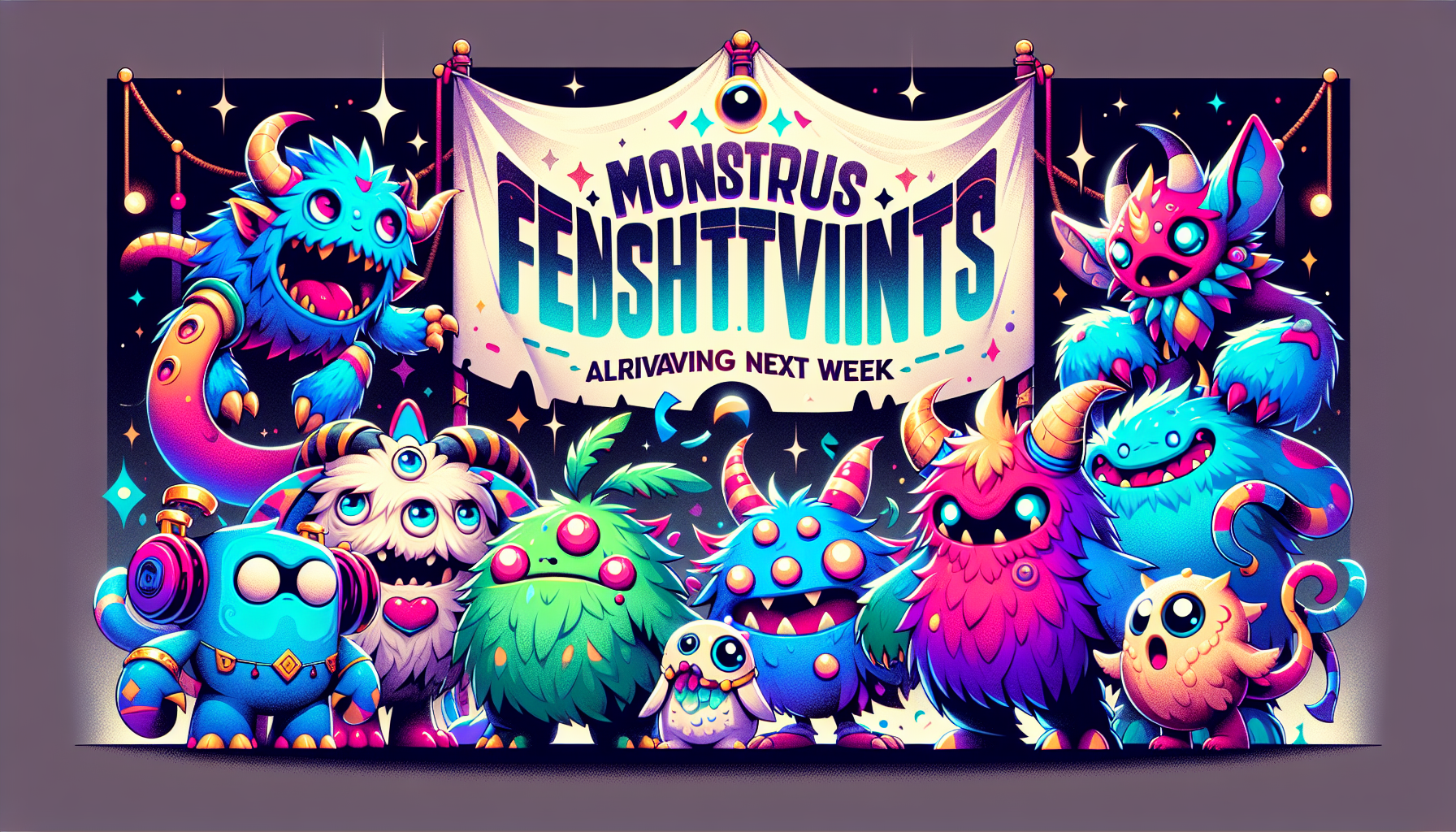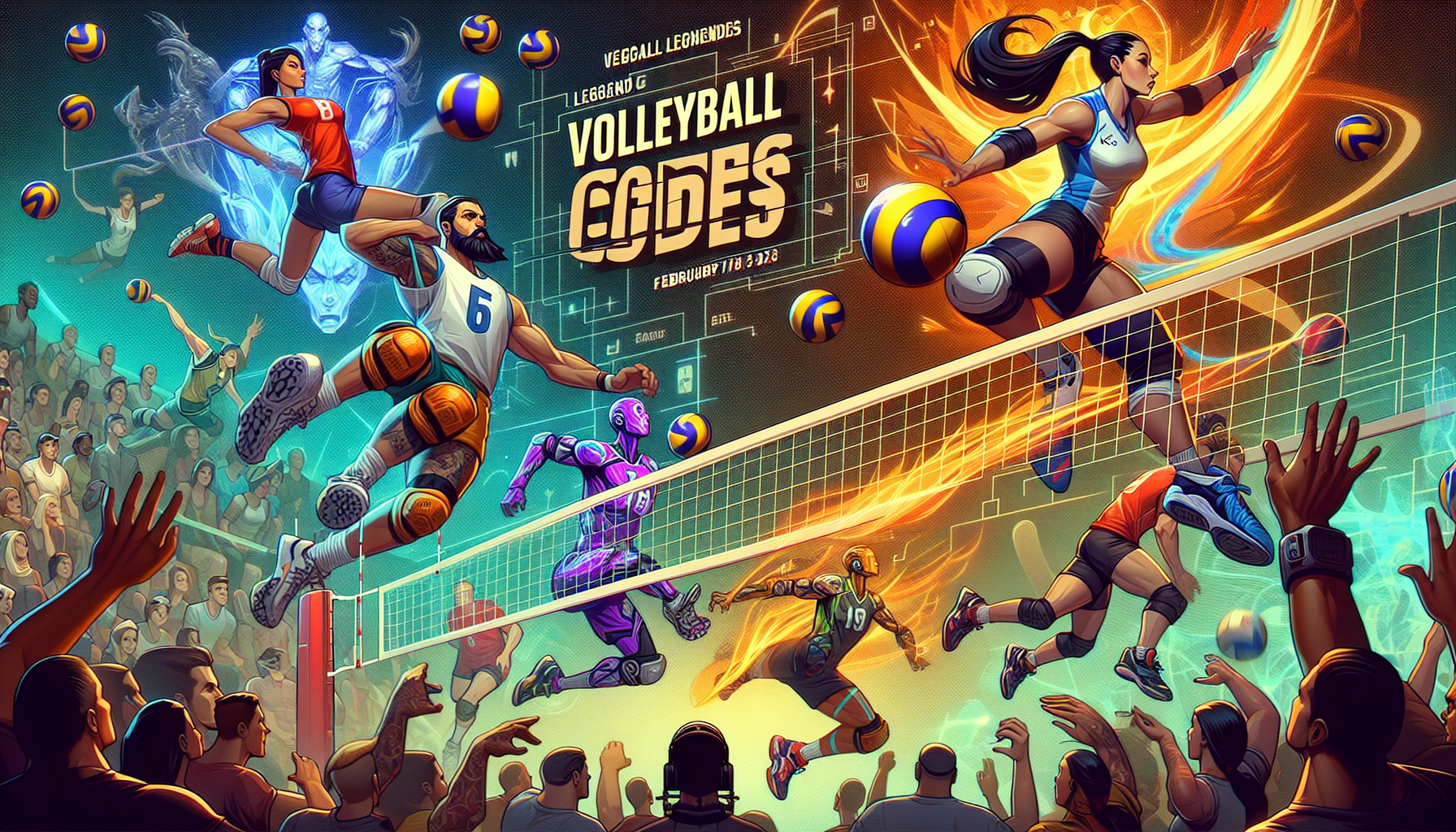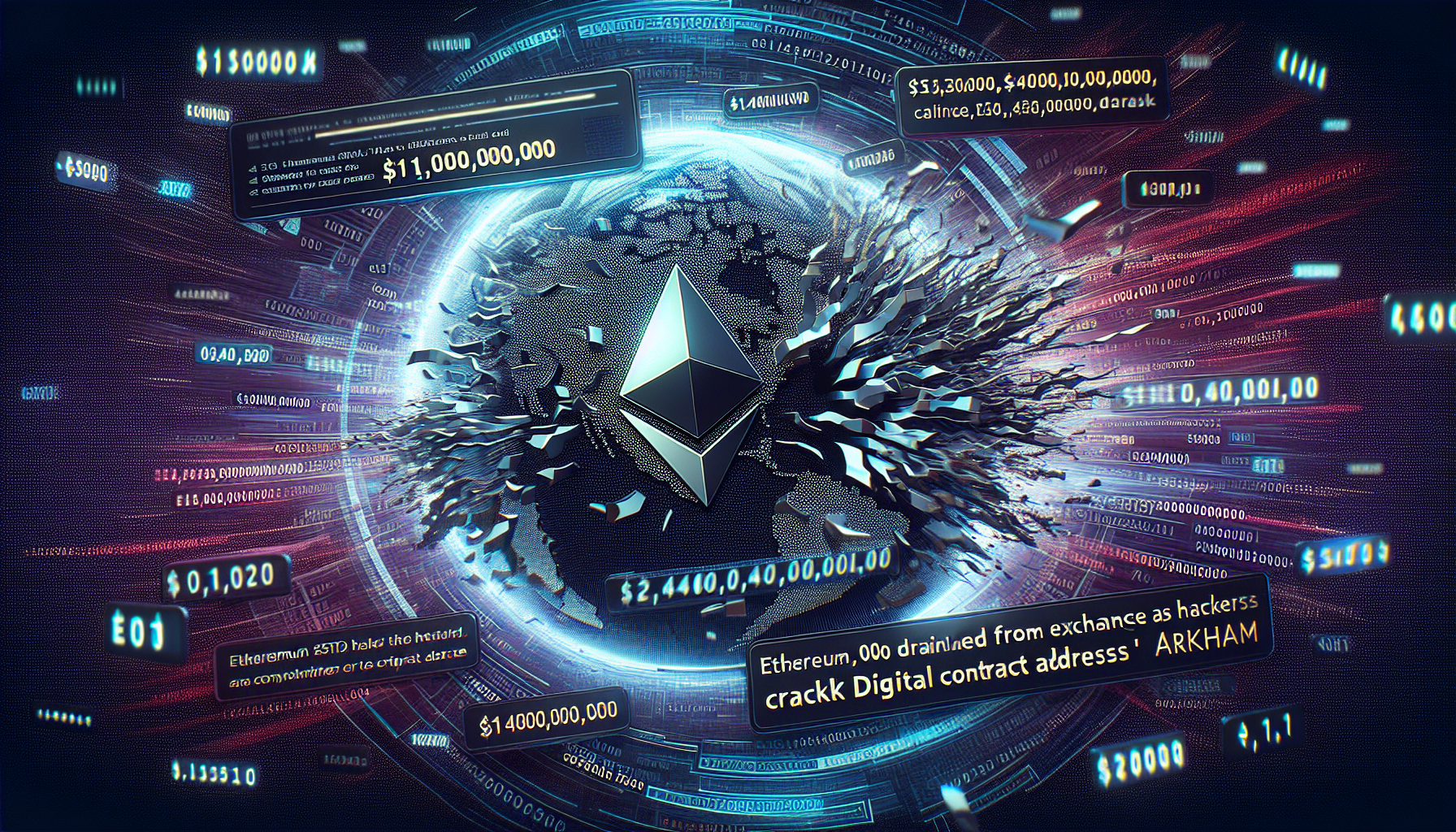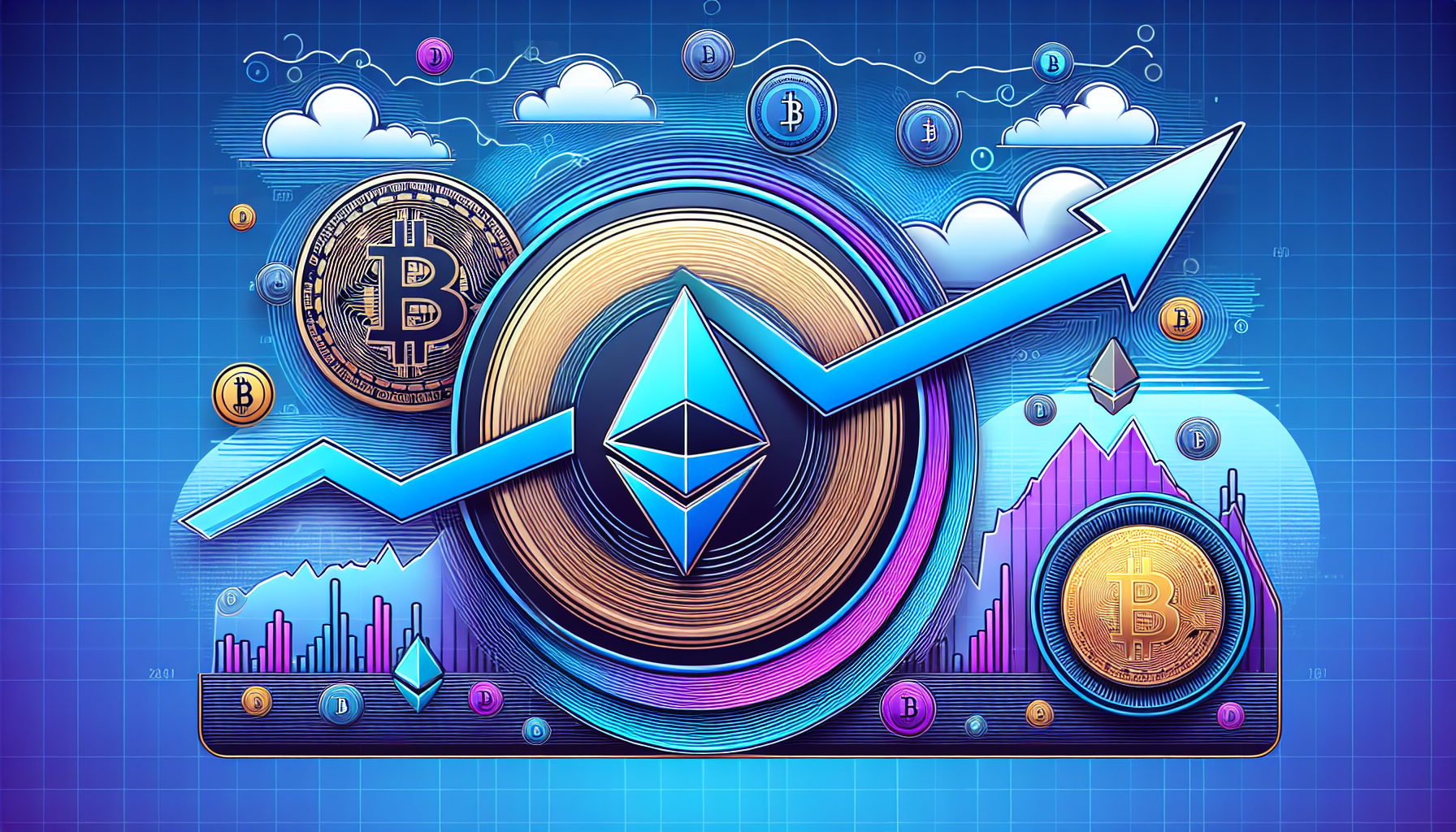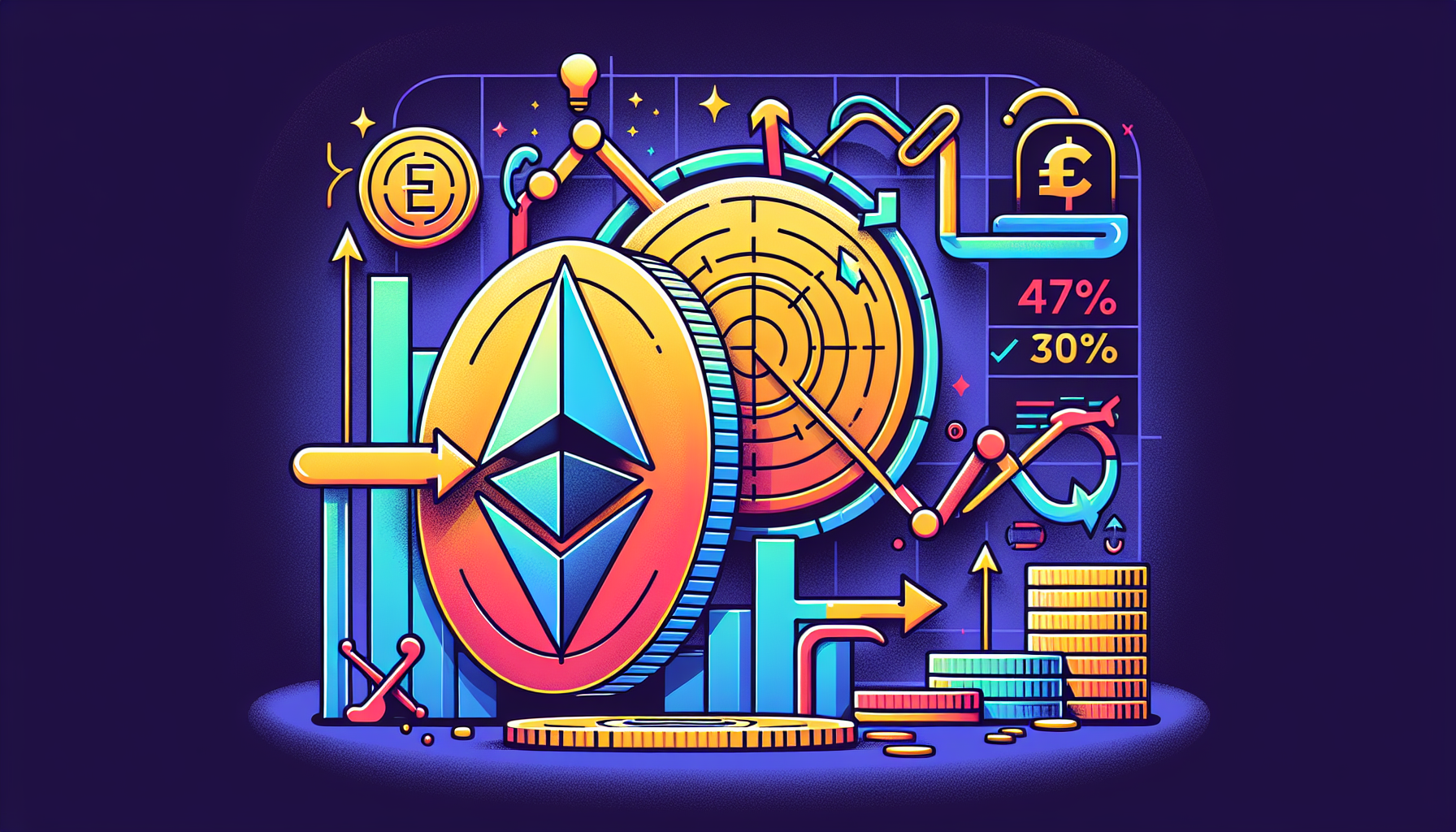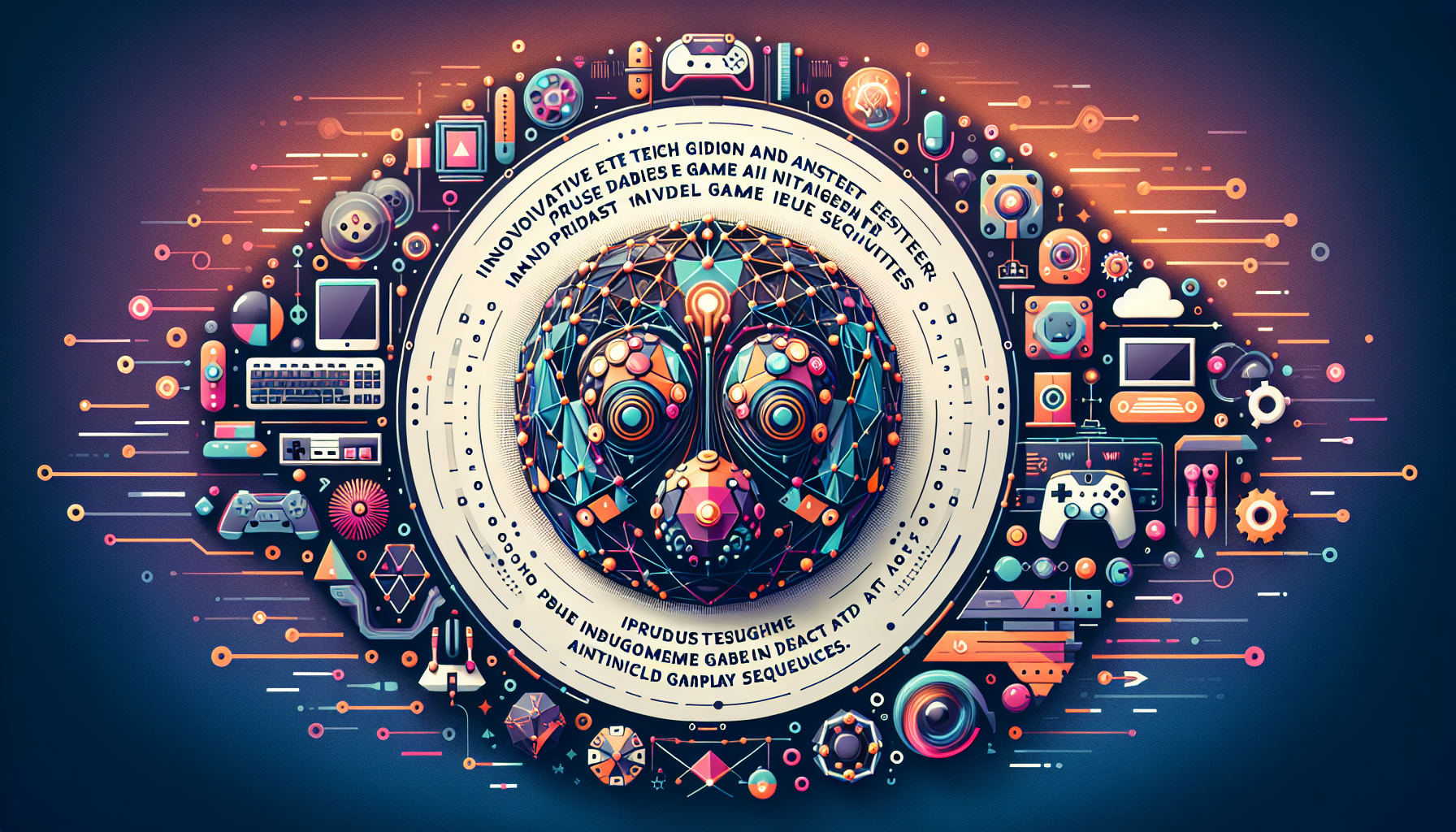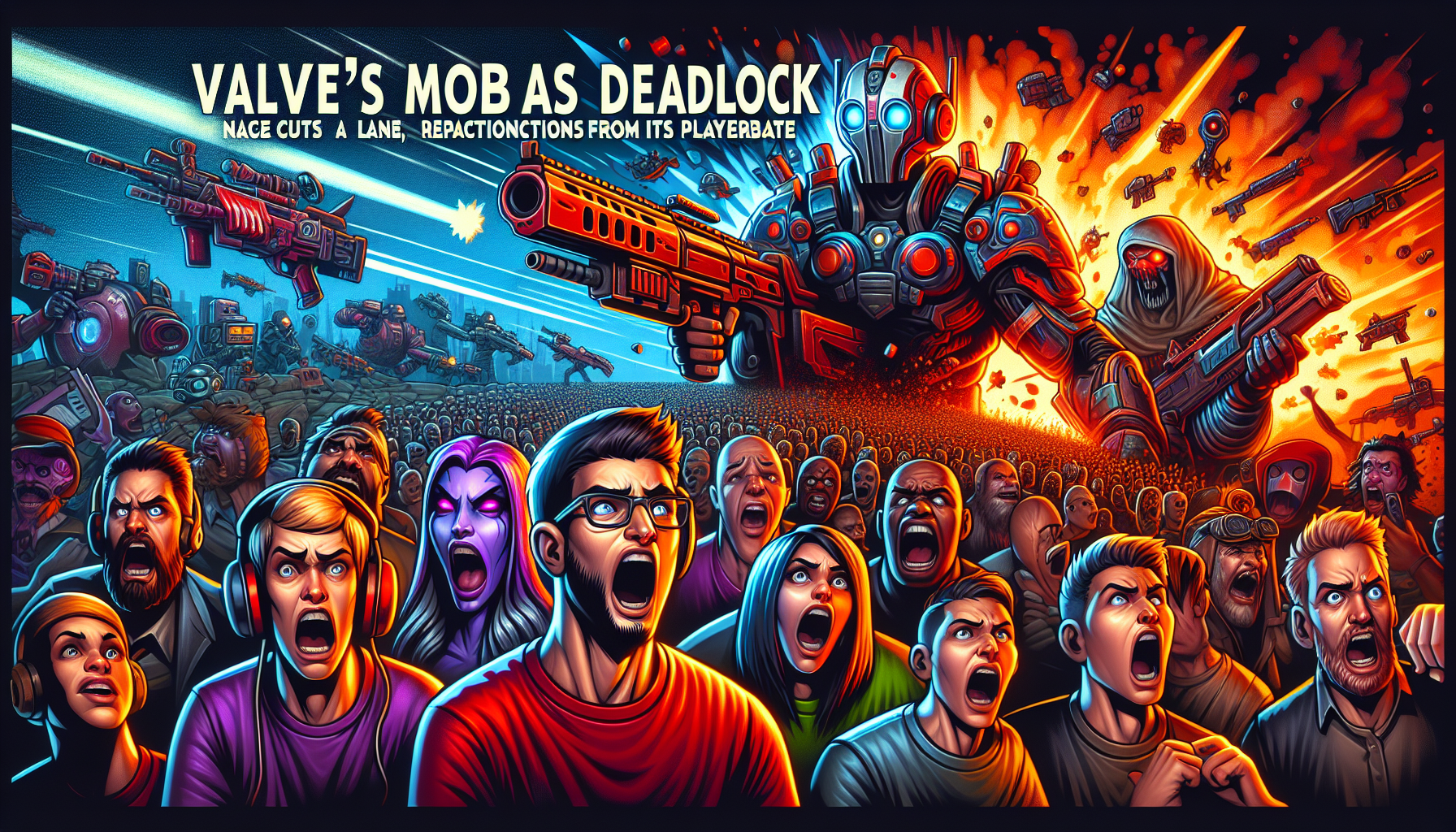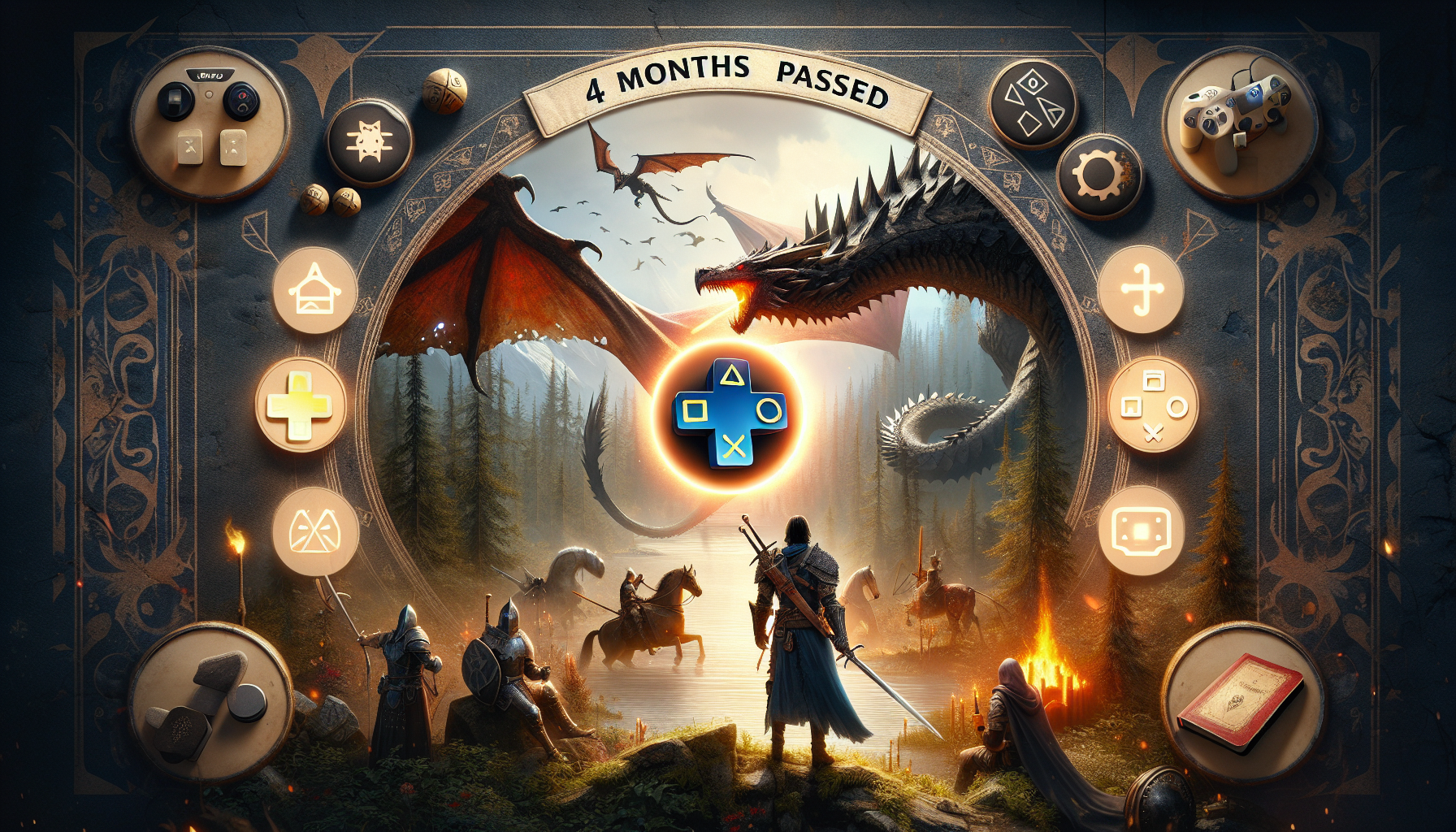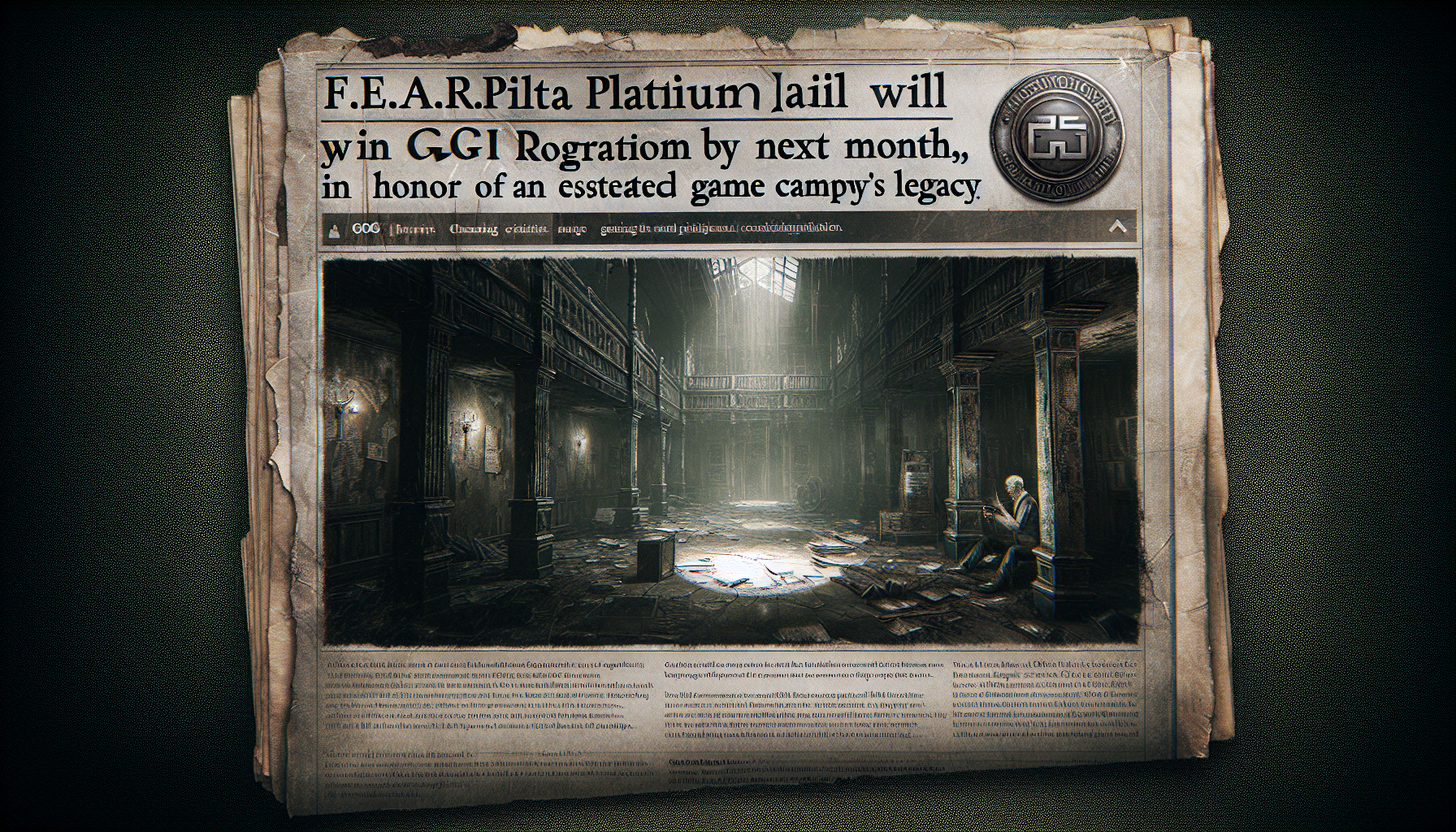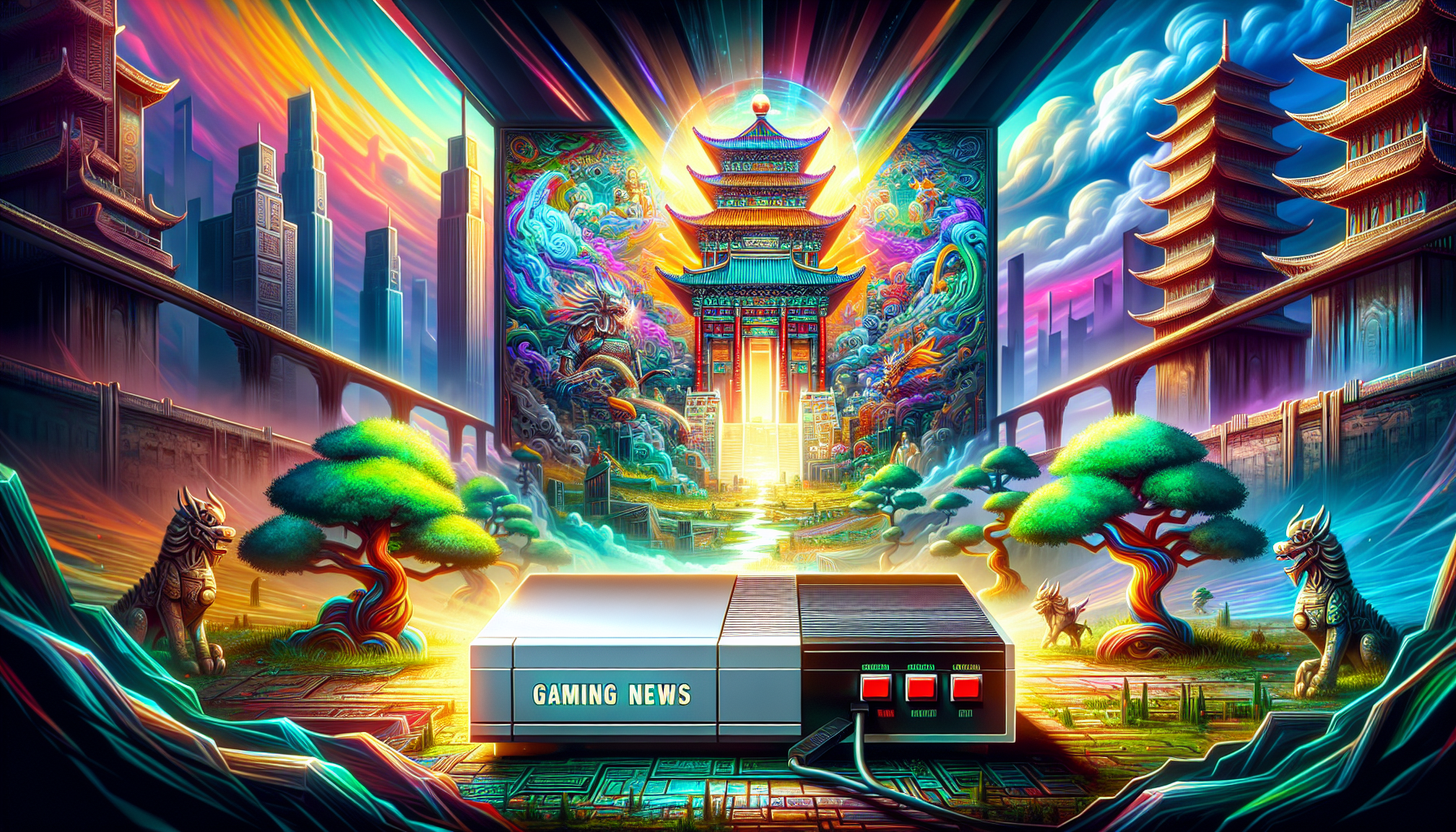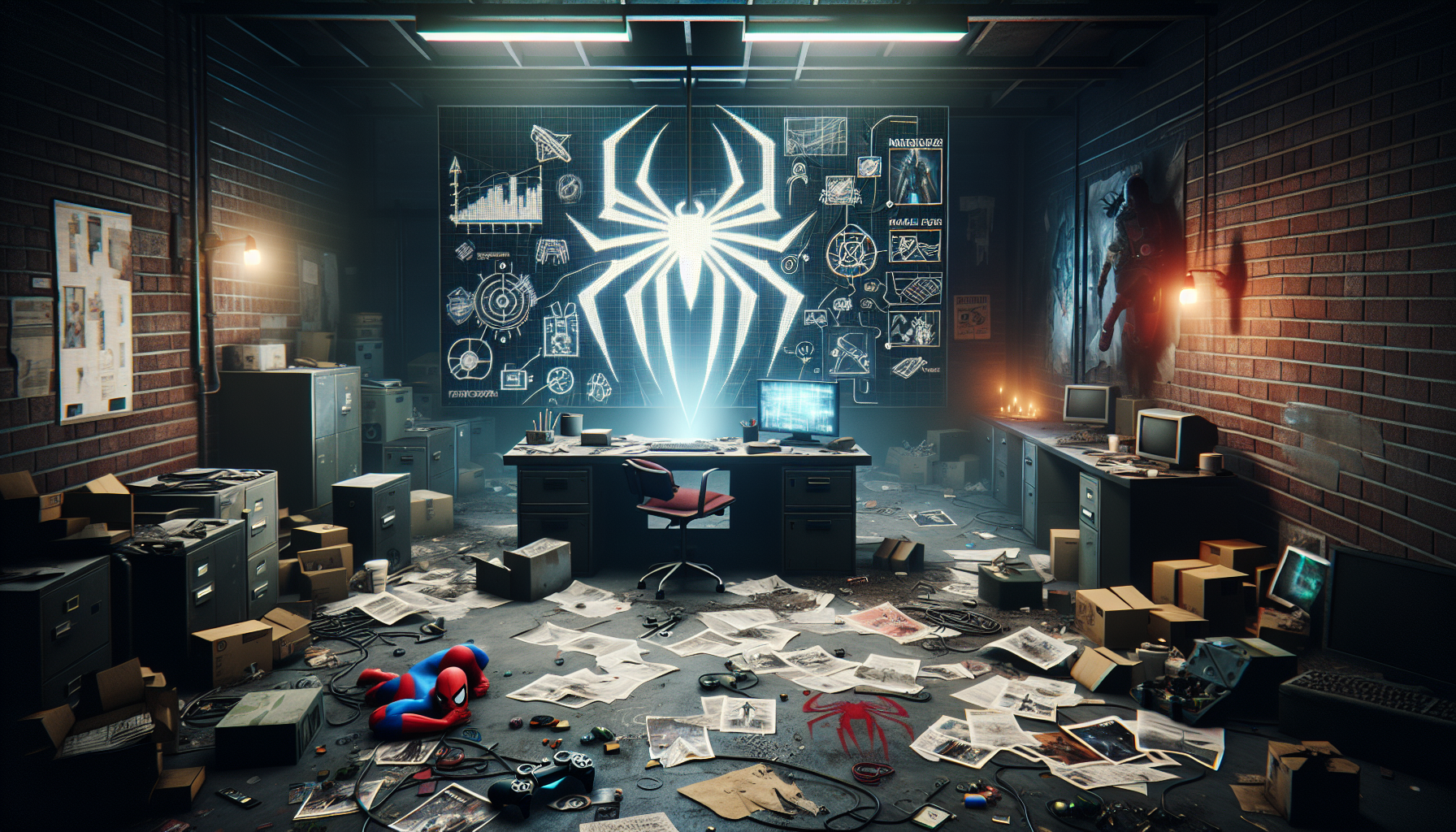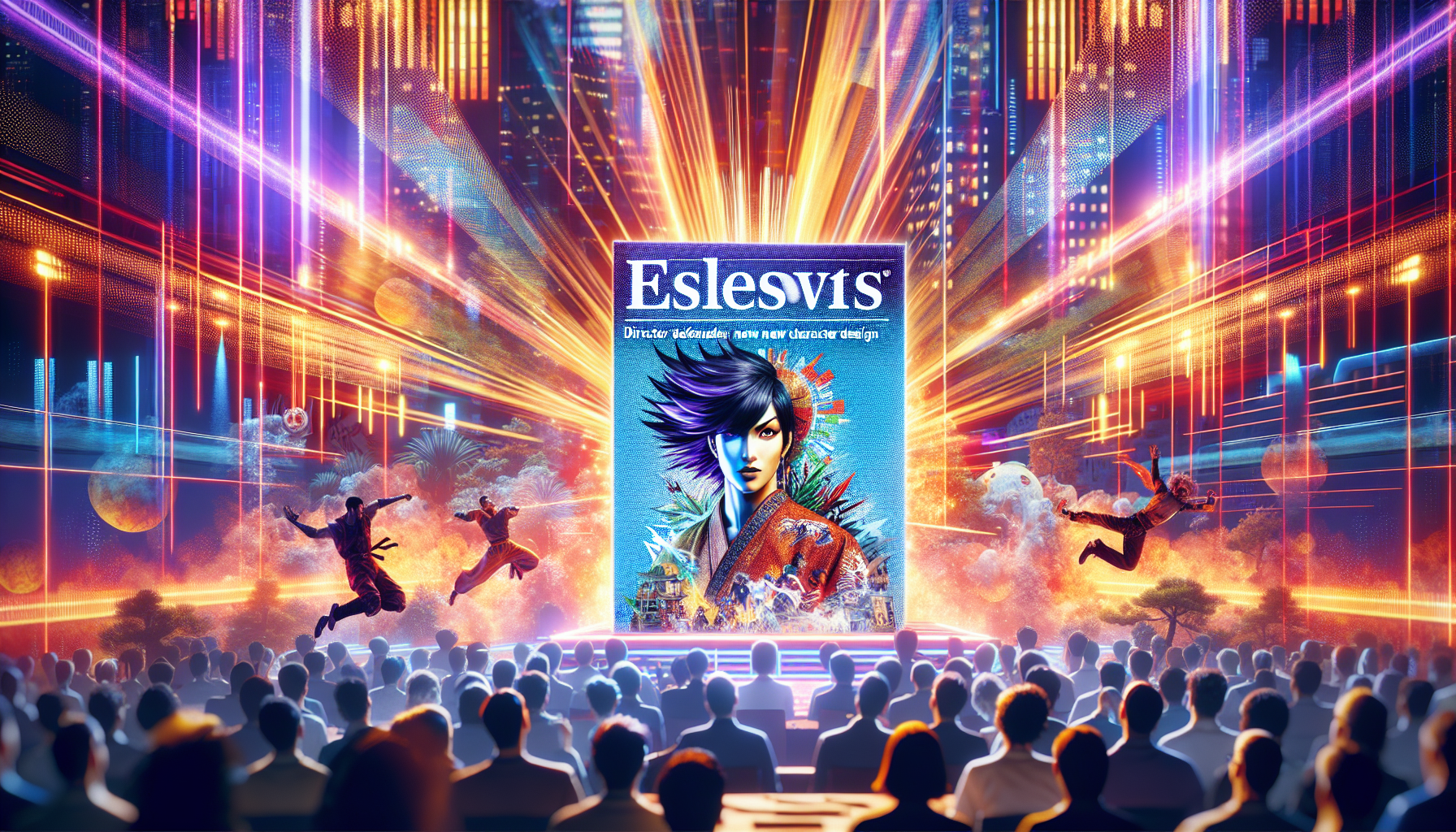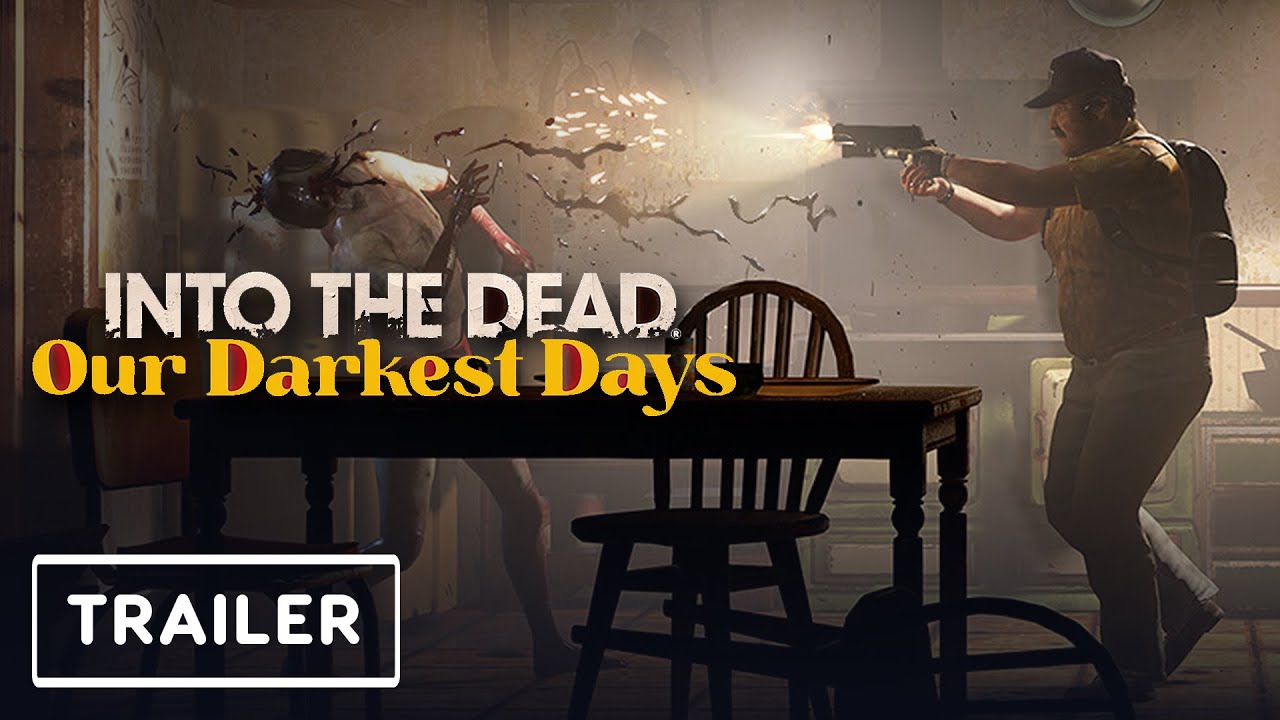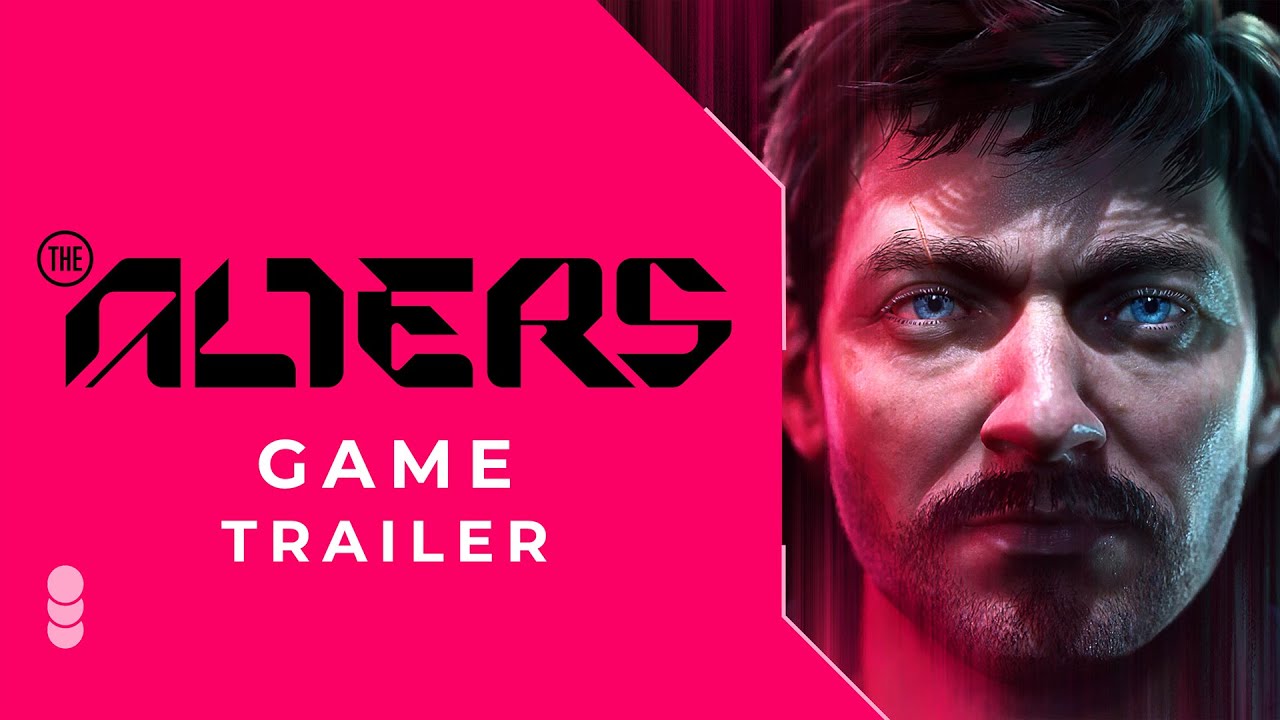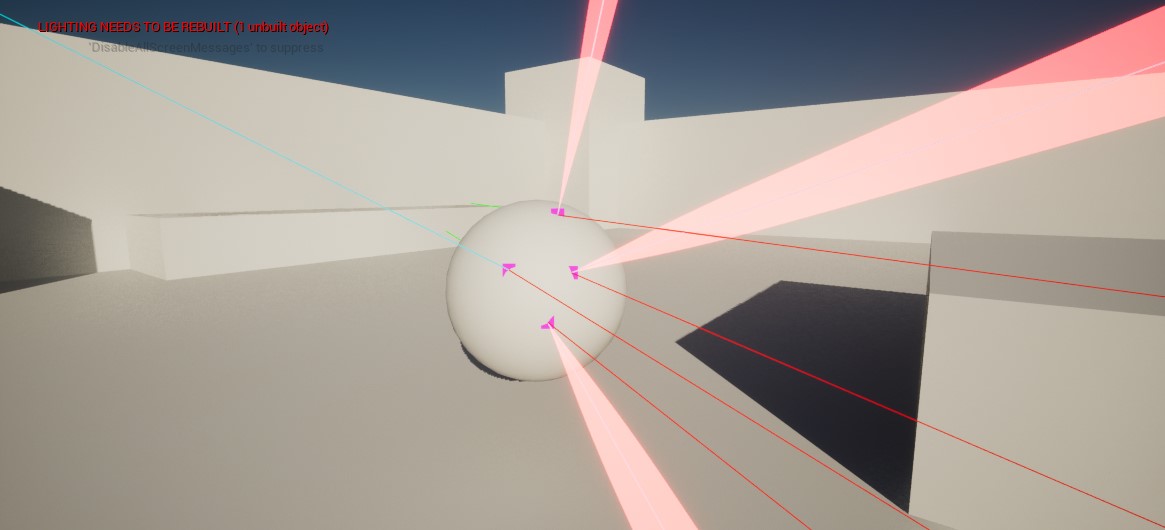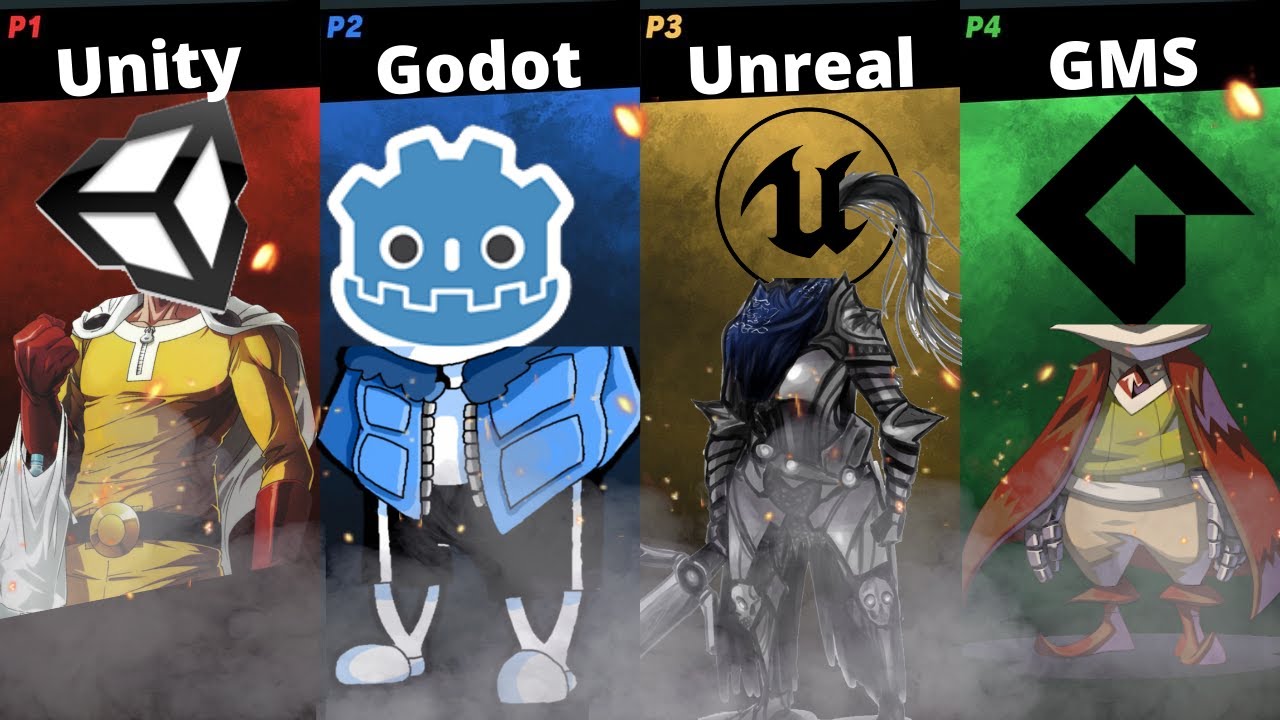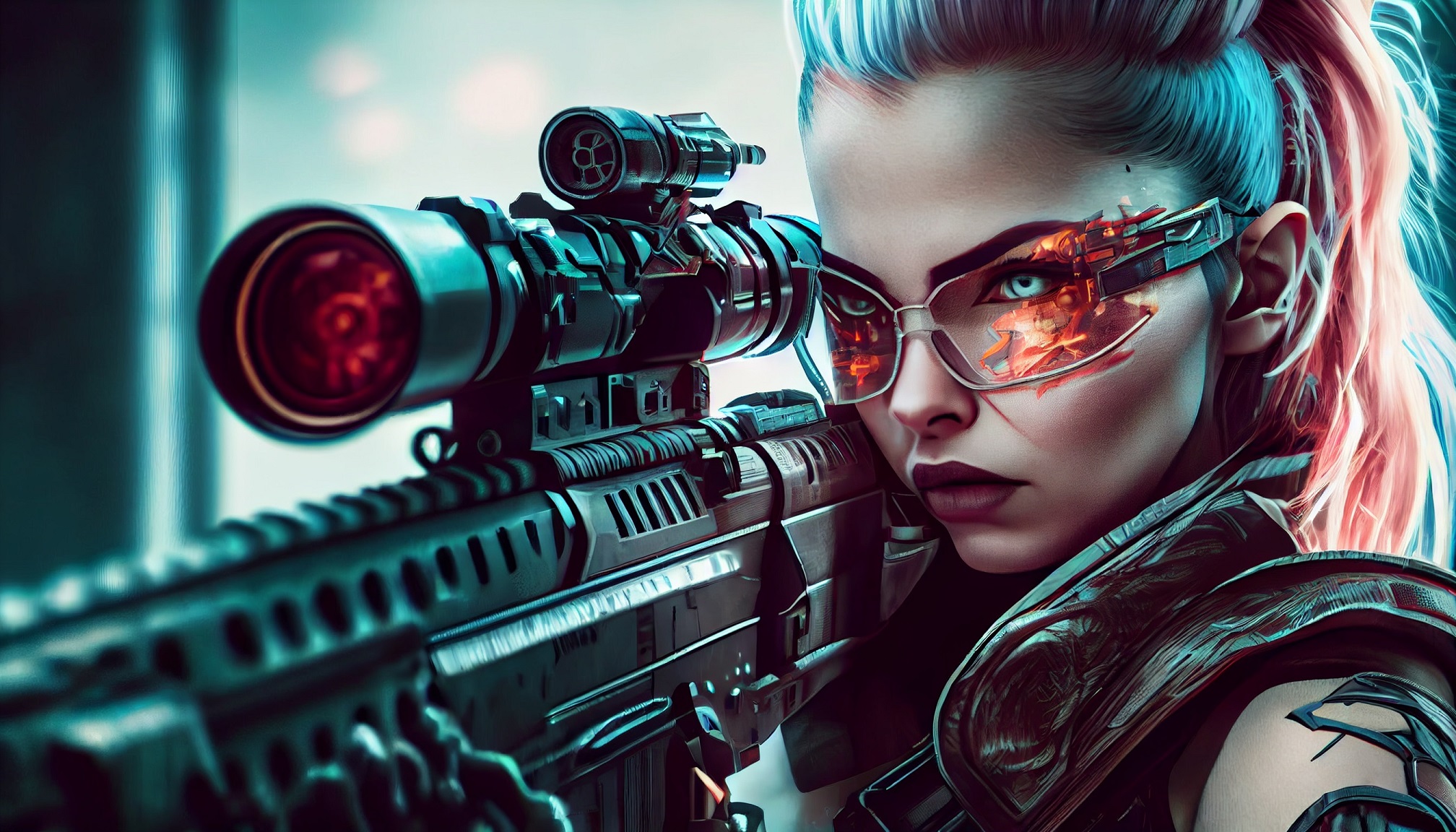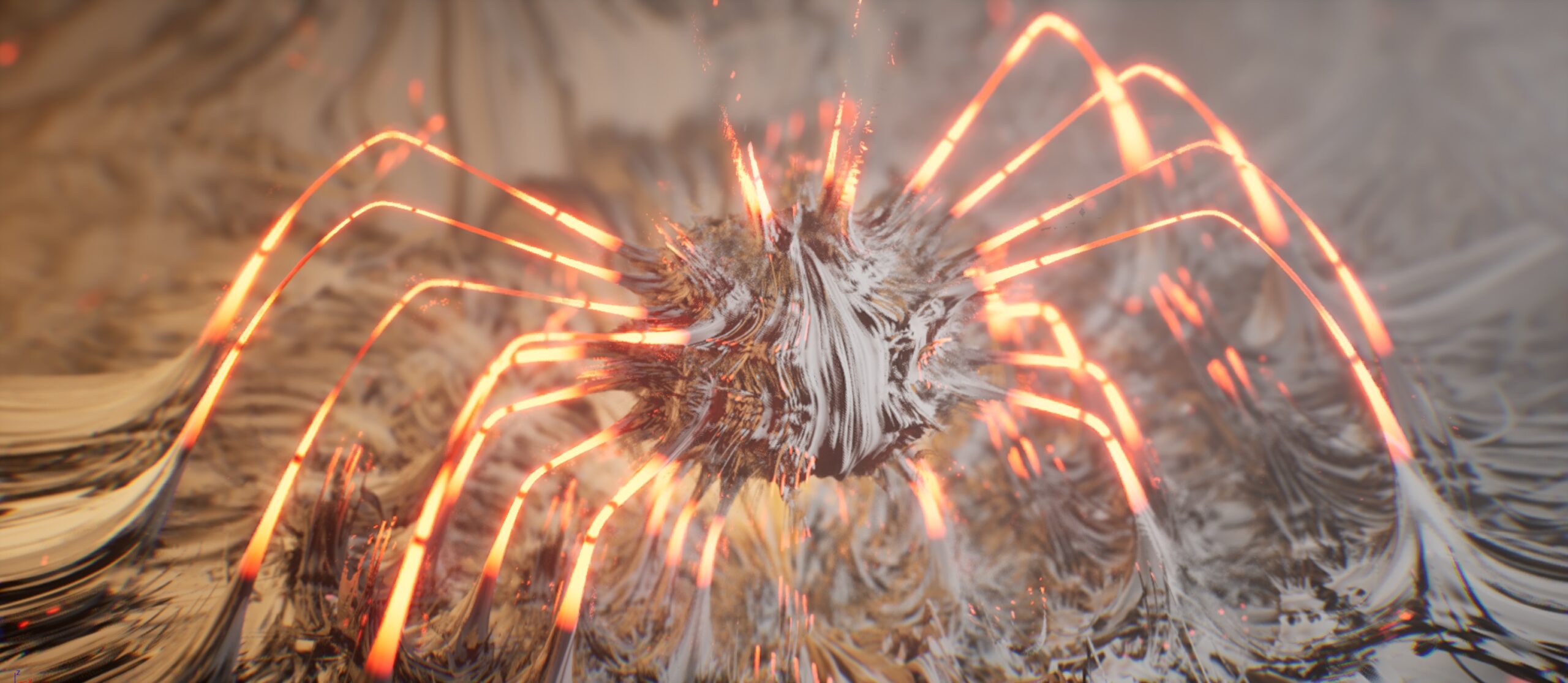# The Evolution of Gaming in Anime: From *Sword Art Online* to *Cyberpunk: Edgerunners*
The relationship between gaming and anime is nothing short of symbiotic, continually influencing each other’s narratives, aesthetics, and fan bases. Over the past decade, anime series centered around video games or featuring gaming elements have grown in both sophistication and popularity. Among the standout titles, *Sword Art Online* (2012) and *Cyberpunk: Edgerunners* (2022) represent two key milestones in this evolving genre. These anime take vastly different approaches to the subject of gaming, but both have resonated deeply with fans, revealing the depth and versatility of games as narrative devices in anime.
This article explores how gaming in anime has evolved from *Sword Art Online* to *Cyberpunk: Edgerunners*, highlighting key trends, innovations, and the influence of real-world gaming culture.
## **The Early Days of Gaming in Anime: A Niche Subgenre to Mainstream Phenomenon**
Before *Sword Art Online* (SAO), the concept of virtual reality or MMORPG-based anime was familiar but far from mainstream. Titles like *Hack//Sign* (2002) introduced early ideas around being trapped in a virtual world, but this was largely niche entertainment. SAO exploded onto the scene in 2012, catalyzing a new era where gaming and anime became inseparably linked in the minds of fans. But to understand SAO’s importance, it’s essential to first grasp the cultural context surrounding gaming during the early 2010s.
### **Gaming Culture in the Late 2000s – The Perfect Storm**
By the end of the 2000s, gaming was no longer a hobby for a select few. With the rise of online MMORPGs like *World of Warcraft* and the growing popularity of consoles, gaming had become a cultural norm, attracting a wide demographic. This mainstream appeal set the stage for an anime like *Sword Art Online* to capture the imagination of a generation that understood the appeal and dangers of VR/MMO gaming.
### **The *Sword Art Online* Phenomenon (2012) – VRMMORPG and Existential Stakes**
In *Sword Art Online*, players are trapped in a hyper-advanced virtual reality MMORPG, and death in-game becomes a death sentence in the real world. This central concept reflects exaggerated concerns about gaming addiction, a topic relevant at the time due to growing debates around gaming’s impact on mental health. The series provided a fantastical yet eerily prescient look at how deeply immersive gaming experiences could impact the human psyche.
SAO also introduced anime fans to a more immersive gaming world design. The intricately crafted environments, challenging boss battles, and well-developed game mechanics, all stitched together within the overarching threat of “Game Over” having real-world consequences, elevated gaming from a simple backdrop to a core narrative device.
Welcome to the virtual world, and don’t log out too quickly.
### **Post-SAO: A Wave of VR and Gaming-Based Anime**
Following SAO, anime series with gaming-centric plots started to flourish in numbers. Shows like *No Game No Life* (2014) and *Log Horizon* (2013) took cues from SAO but added their unique dimensions, touching on themes such as game theory, community, and the ethics of gaming. *Bofuri: I Don’t Want to Get Hurt, So I’ll Max Out My Defense* (2020) took a more whimsical and lighthearted approach to gaming by focusing on an overpowered player inside a more traditional MMORPG.
Even as varied iterations of the “trapped-in-a-game” premise came and went, none could replicate the societal echo that SAO managed to achieve. This era marked the foundation of gaming anime as a distinguished genre, but the next major evolution was just on the horizon.
## **A New Generation of Gaming and Tech-Inspired Anime: *Cyberpunk: Edgerunners* (2022)**
Fast forward to 2022, and we’re in a world where high-speed internet, virtual reality, and cybernetics aren’t science fiction anymore. Rather, they are technologies that are either ingrained into modern culture or heavily researched. Paired with this tech-driven backdrop, the highly anticipated series *Cyberpunk: Edgerunners* arrived, expanding the narrative potential of gaming-heavy anime.
### **The Shift from MMORPG to Cyberpunk – A Hybrid Storytelling Model**
Unlike SAO, *Cyberpunk: Edgerunners* doesn’t primarily focus on a gaming-specific narrative, yet it has been hailed as one of the best representations of the gaming world. How? In part due to its seamless adaptation of the *Cyberpunk 2077* video game.
Produced by Studio Trigger in collaboration with CD Projekt Red, *Cyberpunk: Edgerunners* tells a powerful dystopian tale nested in the universe of the *Cyberpunk 2077* game. While it isn’t about being in an MMORPG, it still heavily integrates gaming elements. From its pervasive HUD system mimicking digital interactions to the relentless augmentation of the human body through technology—the series embodies the gaming industry’s ambition for technological integration and immersive worlds.
### **A Deeper Look at Gaming Society**
The genius of *Cyberpunk: Edgerunners* lies in its critique of the future of human beings living in a fully augmented, cyber-enhanced world. Whereas SAO approached the dangers of being trapped in an MMORPG environment with existential survival at stake, *Cyberpunk: Edgerunners* dives into the emotional and societal cost of living in a hyper-digitized landscape. In the story’s setting, humans are not merely gamers—they are involuntary players of a high-stakes game called life, where those who can adapt will survive, and those who fall behind are left devastated.
Where SAO asks, “What happens if we can’t leave the game?” *Edgerunners* asks, “What if we never stop being players in this cybernetic future?” Thus, while games and gaming mechanics are now intrinsic to the characters’ lives, the focus shifts to how society becomes shaped by these advances.
### **Creating Aesthetic and Narrative Masterpieces**
Visually, *Cyberpunk: Edgerunners* represents a blending of cyberpunk aesthetics, video game cinematic brilliance, and high-octane action. The environments are reminiscent of *Cyberpunk 2077’s* grim utopia, with deep attention to detail brought from gaming design theory, such as using side quests, dynamic NPCs (non-player characters), and cyberweapons. Paths taken by the characters resonate with moments players experience while exploring the largest open-world games.
In a world obsessed with progress, whether technological or personal, *Edgerunners* highlights the human cost of transformation. This is not only a narrative reflection of modern gaming culture but a stark comparison to SAO’s view of escapism.
## **Why Genre Crossovers Matter in the Evolution of Gaming in Anime**
The evolution from *Sword Art Online* to *Cyberpunk: Edgerunners* shows how anime creators have moved away from simply viewing games as a plot device. Instead, they now use gaming worlds to explore grander themes like societal collapse, ethics, or personal freedom. More often than not, these anime mirror the questions and challenges the gaming industry is facing today, including the future of virtual and augmented reality, the social isolation of gamers, or the rise of transhumanism.
## **Final Thoughts: The Future of Gaming in Anime**
As we look to the future, it’s clear that gaming will continue to play a pivotal role in anime storytelling. With technologies like the Metaverse on the horizon and VR gaming becoming increasingly sophisticated, new series may explore even deeper connections between gaming and reality.
Anime like *Sword Art Online* and *Cyberpunk: Edgerunners* serve as cultural touchstones, giving fans both thrilling adventures and food for thought about the direction of our digital world. Through the intersection of anime and gaming, we are treated to not only entertaining narratives but also important reflections on our technology-driven lives.
### **Keywords for SEO Optimization**
– Gaming in Anime
– Sword Art Online
– Cyberpunk: Edgerunners
– Relationship of gaming and anime
– Gaming culture in anime
– Evolution of gaming in anime
– VRMMORPG anime
– Cyberpunk in anime
– Gaming anime genre
– Future of gaming in anime
—
By examining this timeline — from *Sword Art Online*’s dive into immersive MMORPG worlds to *Cyberpunk: Edgerunners*’ portrayal of dystopian, tech-driven human futures — we see how gaming in anime continues to grow and evolves alongside advances in technology and gaming culture. The evolution reflects our own relationship with games, blending the lines between fantasy, reality, and dystopia.






